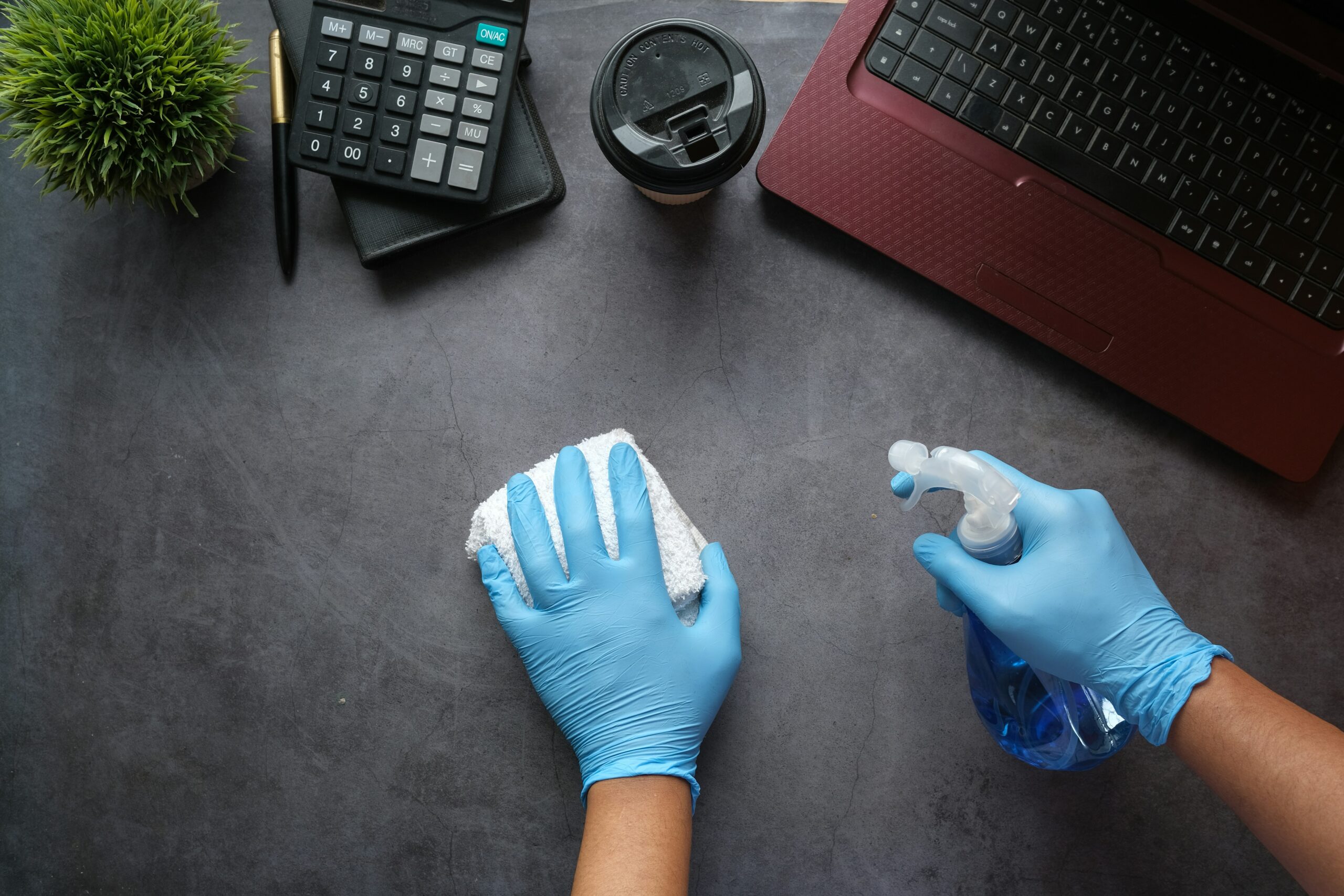
Incontinence is a challenge many people face, but it can be a delicate topic. Since most people don’t openly discuss it, it leaves them unsure about many things. Even though encouraging Kegels is one of the helpful tips for caring for loved ones with incontinence, you may be left wondering about the truth behind it. Fortunately, you’re in the right place. Read on to learn the truth about this tip and to answer the question, “Do Kegel exercises actually help with incontinence?”
What Are Kegel Exercises?
Kegel exercises are simple pelvic floor stretches that aim to strengthen the muscles supporting the bladder, uterus, and bowel. These muscles control the flow of urine and help maintain the proper functioning of pelvic organs. The primary goal of Kegel exercises is to control urinary incontinence and other related pelvic floor issues, but you can also use them to prevent such issues.
The Effectiveness of Kegel Exercises for Incontinence
So do Kegel exercises actually help with incontinence? The short answer is yes, they can. Medical professionals have found that Kegel exercises are beneficial for both stress incontinence (involuntary urine leakage during physical activities) and urge incontinence (sudden and intense urge to urinate followed by involuntary loss of urine).
When done correctly and consistently, Kegel exercises can strengthen the pelvic floor muscles, thereby improving bladder control and reducing the frequency and severity of incontinence episodes. Many people experience significant improvement over the course of a few weeks, but it could take as long as a couple of months to start seeing results.
How To Perform Kegel Exercises
Kegels are only effective if done correctly. Here are the steps to properly perform Kegel exercises:
- Find your specific pelvic floor muscles by stopping urine flow while on the toilet. The muscles you use to do this are the ones you need to engage during Kegel exercises. Don’t make this a habit, though, as repeatedly stopping urine flow can lead to other issues.
- Once you know which muscles to clench, lie down, breathe deeply, and relax your body. Close your eyes if it helps you focus on your pelvic floor muscles.
- Without holding your breath, tighten this muscle group and hold the contraction for five seconds. Focus on engaging only these muscles and not the buttocks or thighs.
- Release the contraction and relax your muscles for an equal amount of time, usually five seconds.
- Repeat the process 10 times per session, aiming for about three sessions per day.
It may take some practice to master the technique, but being consistent with the exercises is key. Once you or your loved one has gotten better at them, they can be performed discreetly while sitting or standing.




